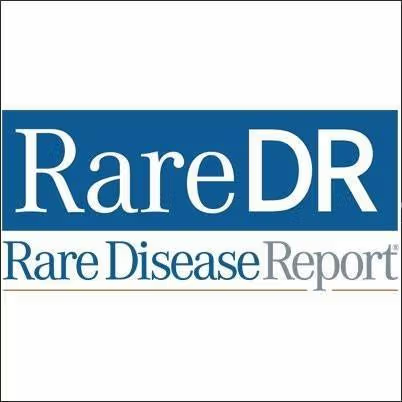Article
MS therapy: The End of the Needles?
Author(s):
Until just a few years ago, neurologists could only observe as MS ravaged the nervous systems of our patients. The therapies available were basically symptomatic, and didn't really alter prognosis. The advent of disease modifying therapies (DMT) made a big difference: These immune system modifying agents slowed the progression of MS and improved quality of life for many patients.
Until just a few years ago, neurologists could only observe as MS ravaged the nervous systems of our patients. The therapies available were basically symptomatic, and didn't really alter prognosis. The advent of disease modifying therapies (DMT) made a big difference: These immune system modifying agents slowed the progression of MS and improved quality of life for many patients. However, they are administered by needle, varying from daily home self-administered injections to monthly IV infusions at a center of some sort. This is inconvenient and uncomfortable.
Consequently, there has long been a search for effective orally administered DMT. The first real data on the first such agents are emerging. Three trials, addressing two new drugs, were recently published in NEJM. Both agents are thought to have different mechanisms of action than the older agents, with lymphocytes as a primary target and a more direct anti-inflammatory effect.
The first publication addressess cladribine. The primary endpoint in this placebo controlled trial was relapse at 96 weeks. 1,326 patients were included in the intent-to treat analysis, and 1,184 patients (89.3%) completed the trial. This is a high retention rate. And, the results were encouraging: Relapse risk was reduced 57.6% in the low dose group, and a bit less in the high dose group. Infections were somewhat of an issue: Herpes zoster infections developed in 20 patients.
The other agent, fingolimod, was evaluated both in a placebo control and an active control trial. The first of these trials evaluated annualized relapse rate over 24 months. 1,272 patients were randomized, and 74.3% were still taking study drug at the end of the trial period. Annualized relapse rates were reduced 54% in the low dose group and 60% in the high dose group. As with cladribine, this is most encouraging. Lower respiratory infections, bradycardia and macular edema were adverse effects of concern.
The other fingolimod trial compared the agent to interferon (the Avonex formulation). 1,292 patients were randomized, and 87% were still on study drug at the end of the trial. The study drug was statistically significantly more effective than the control interferon agent. While annualized relapse rate was the primary endpoint measure, I find a secondary outcome measure, MRI progression, also most interesting. In the active treatment group, 1.5 and 1.7 (low dose and high dose groups) new T2 MRI lesions were seen over the course of the trial, v. 2.6 in the placebo group. Neurologists rely heavily on imaging correlates in MS for prognosis prediction, and this is a robust reduction. Bradycardia again emerged as a serious adverse effect in this trial.
The advent of oral therapies for MS is an important development. These were large, well controlled trials, and they provide much data on these new agents. But, these new drugs have new mechanisms of action and adverse effect profiles. The apparent increased infection risk is disconcerting, especially in light of the problems with natalizumab (Tysabri). And, long term adverse effects are not yet known. As is often the case, time will tell.





